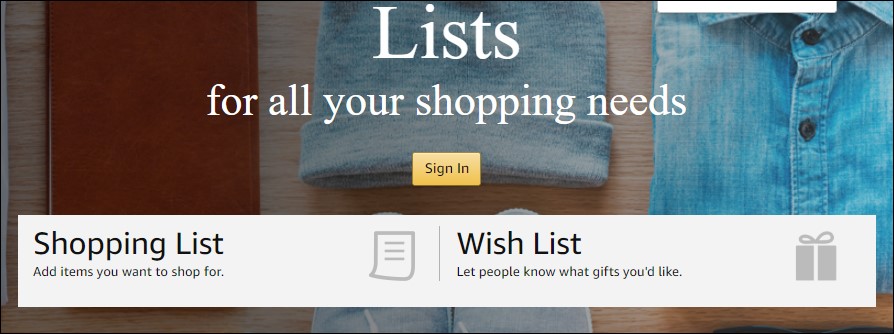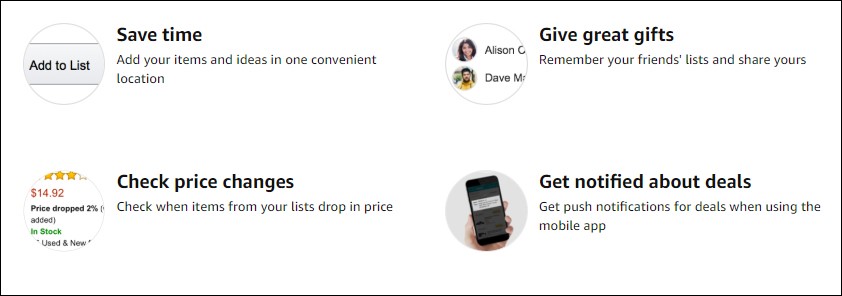Ecommerce professionals value the importance of personalization. Its use in digital marketing makes customers more likely to buy from a retailer. It also increases the conversion rates of product pages, and helps customers develop more positive feelings about a brand.
However, personalization requires data to be effective. The more that you know about your customers, the more personalization you can inject into your website and communications with them. For many, making the effort isn’t the hurdle. Several solutions exist to help eCommerce companies speak to the individual.
The disconnect comes from collecting and harnessing that data. For a start, most eCommerce companies have significant gaps in their data collection strategies. Even those that fare better than others likely miss out on opportunities to access useful information. Being able to identify these gaps is important for building out your personalization strategy…and developing deeper connections with your customers.
Ask Your Customers for Data
Sometimes the best course of action is just to ask your customers to tell you more about themselves. In the checkout process, many companies opt for minimal data collection to improve conversion rates. This can be a smart strategy that leads to measurable improvements in revenue. However, just because you choose not to collect that data during the checkout process, there’s no harm in trying to collect it at other periods.
Why not provide a coupon in return for a completed survey? Incentivizing customers to share information can work wonders, and reveal useful data for marketing campaigns.
For instance, encouraging buyers to rate their purchase out of ten can unearth fresh information. You could also present them with a list of items and ask them to rank them from “most interested” to “least interested.” Engaged customers will appreciate the chance to air their opinions on your products, making it easier to personalize what you offer them. Plus, recommending similar products will also boost your Average Order Value.
Collect and Utilize Viewed Products, Not Just Purchased Products
Most eCommerce companies fuel product recommendations with things their customers have previously bought. But the items a customer views are nearly as valuable. People may spend days or weeks evaluating a product before making a buying decision. Recognizing this interest – and using it to keep certain products in the limelight – can help personalize your content.
Use Wish Lists to Flesh Out Customer Profiles
Looking for clues as to which products your customers may be interested in in the future? Why not ask them to put a list together?
In the above example, you can see the Amazon Wishlist creation page. It allows users to create a list of items that they are interested in buying, or having bought for them.
Amazon incentivizes their customers to put these lists together by providing some additional benefits:
The lists also function as a platform for price-watching. Customers receive notifications when items on their lists go on sale, or change price. You can bet that Amazon harvests data from those interactions to better understand what matters to its customers.
Adjust Navigation Menus Based on History of Use
What makes a great navigation system for your customers? One that’s easy to use, for a start. It should also require minimal clicks to get them from homepage to product pages (or any other pages important to them). In a previous article, we discussed how static homepages have become a relic of the past for forward-thinking eCommerce companies.
A personalized, non-static navigational experience increases conversion rates and revenue. But more broadly, the way that users interact with your website can be a data goldmine. You should collect every click and action a customer takes. The results will help you provide a personalized experience that matches their browsing habits.
Measure Engagement
Many forms of personalization exist. Building out a deep and intricate web of tailored marketing communications helps eCommerce companies in many ways, but not all are foolproof. Sometimes, a seemingly positive change can yield unforeseen negative results. Be alert to this. Measure everything.
Identify Gaps In Your Data Collection Strategy
Try to identify any gaps in your data collection strategy. Putting processes in place to collect and harness information will be an ongoing battle; but with each new data source, you give your team more of it to work with. You’ll also be helping to build a foundation that will serve your company for years to come.






